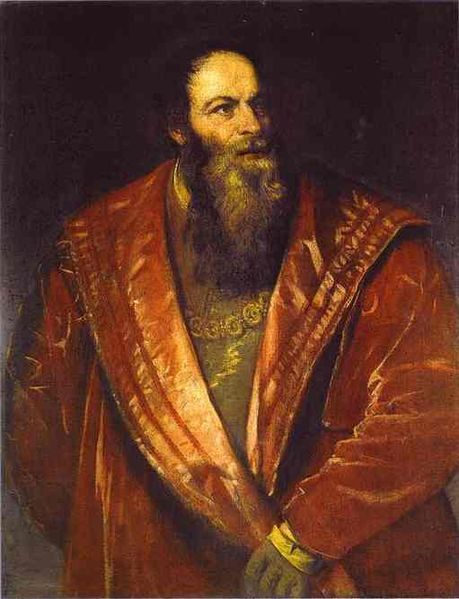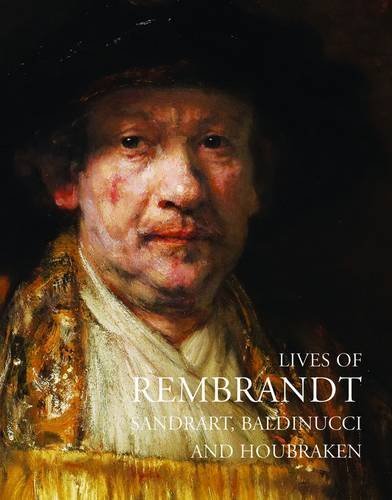

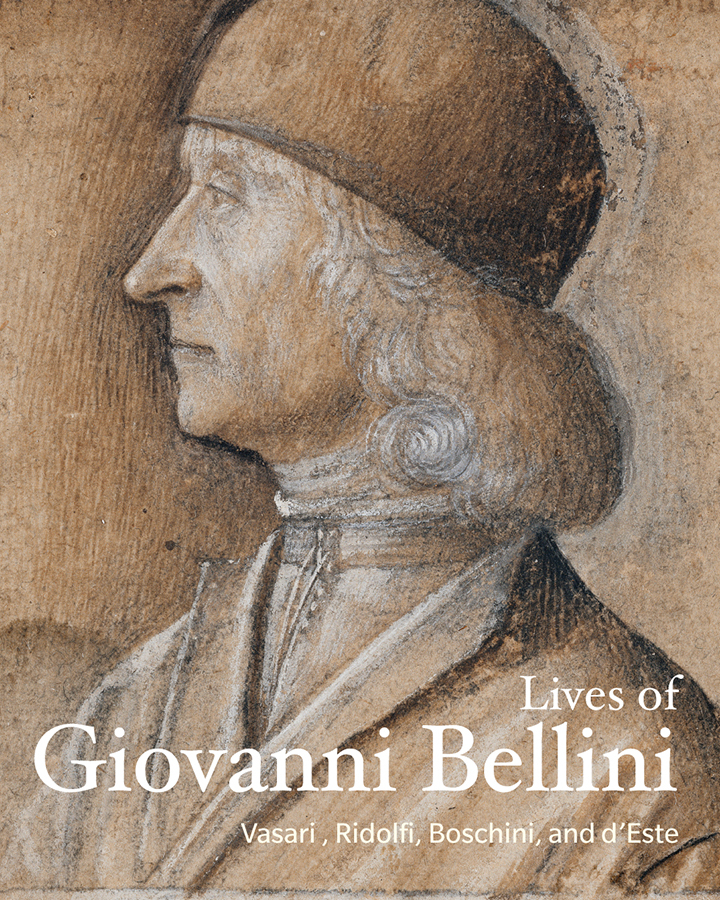
Books in series

Lives of Rembrandt
2008

Life of Michelangelo
2002

Lives of Giovanni Bellini
2018

Julia Margaret Cameron
2006

Lives of Velázquez
2007
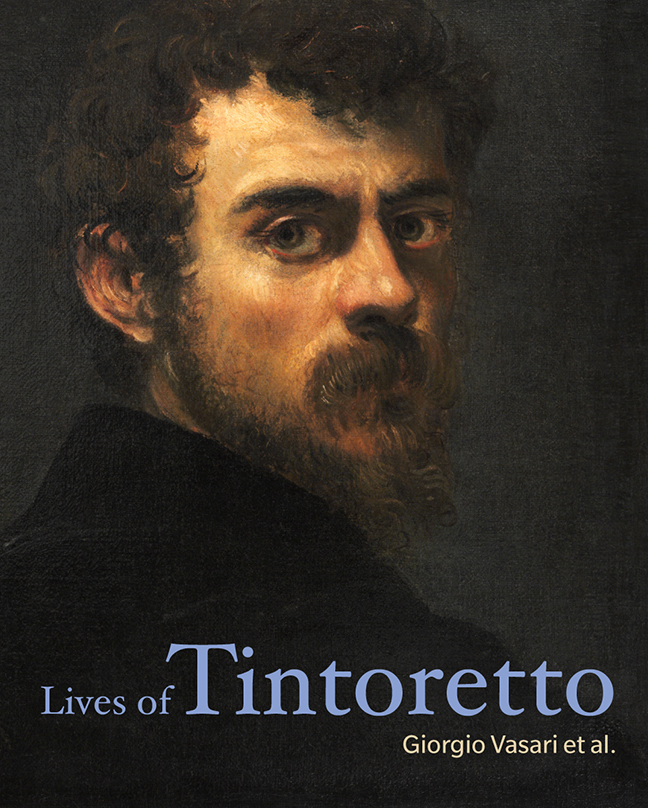
Lives of Tintoretto
2019
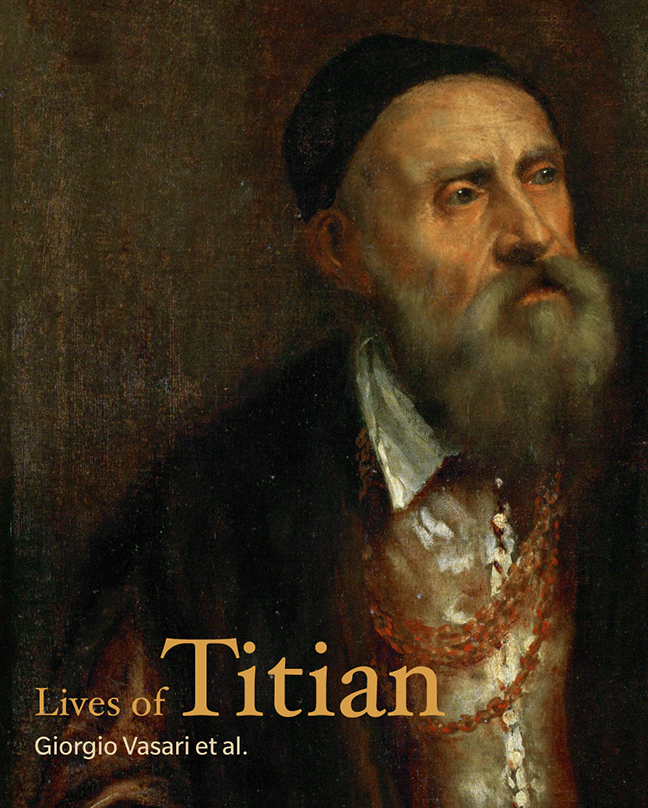
Lives of Titian
2019
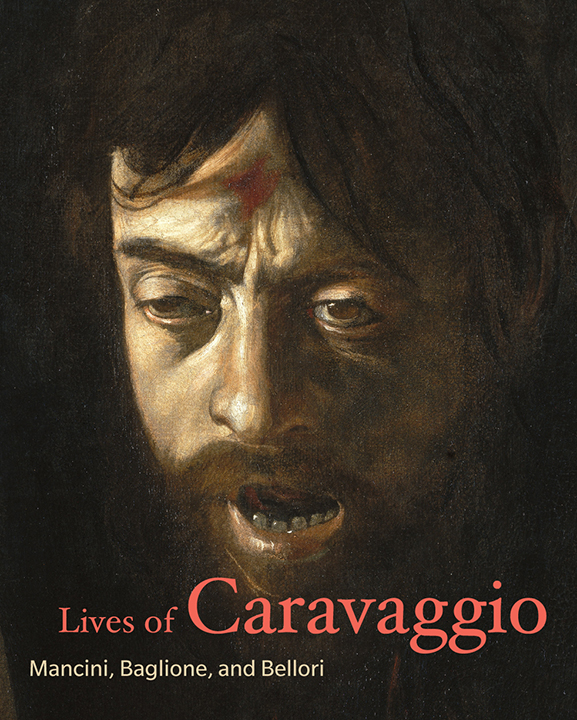
Lives of Caravaggio
2019

Anecdotes of William Hogarth
1970

A Memoir of Samuel Palmer
2006
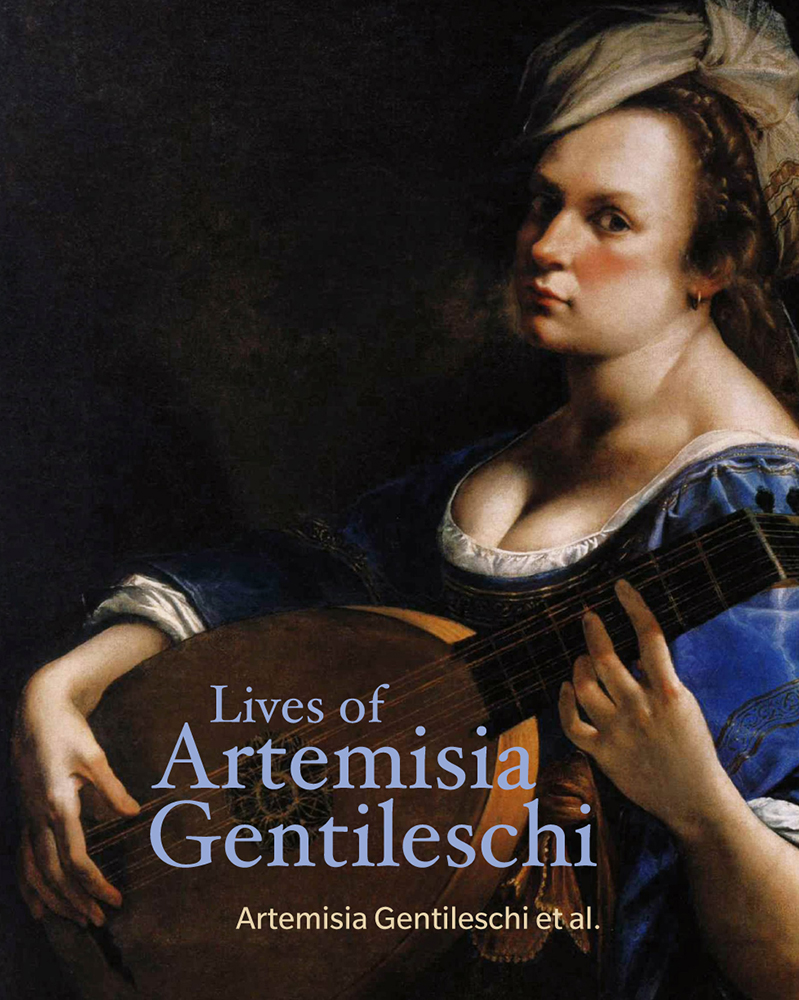
Lives of Artemisia Gentileschi
2021
Authors
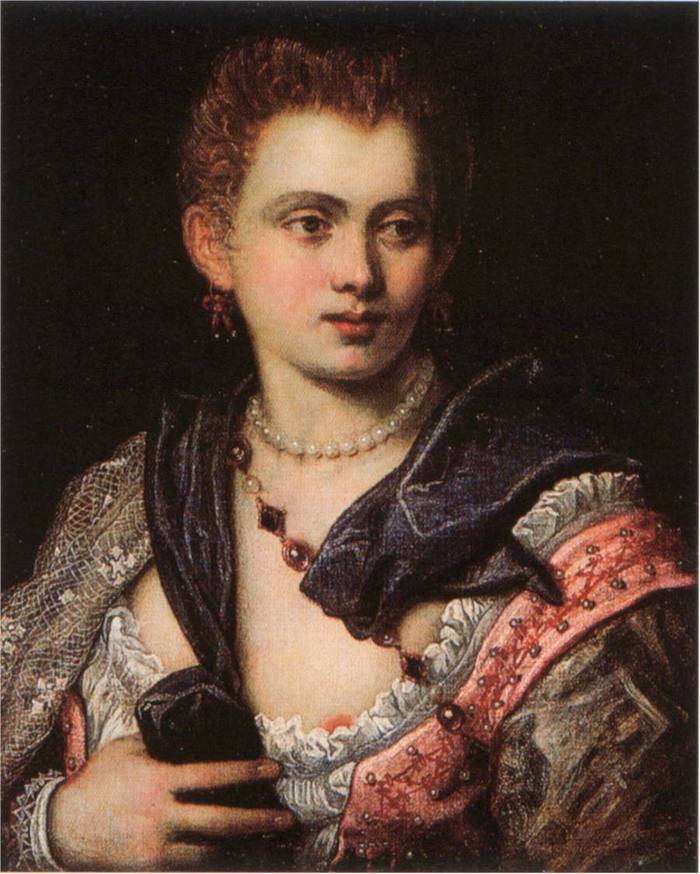
Veronica Franco (1546–1591) was an Italian poet and courtesan in 16th century Venice. Life as a courtesan Renaissance Venetian society recognized two different classes of courtesans: the cortigiana onesta, the intellectual courtesan, and the cortigiana di lume, lower-class courtesans (closer kin to prostitutes today) who tended to live and practice their trade near the Rialto Bridge. Veronica Franco was perhaps the most celebrated member of the former category, although Franco was hardly the only onesta in 16th-century Venice who could boast of a fine education and considerable literary and artistic accomplishments. The daughter of another cortigiana onesta, Franco learned the art at a young age from her mother and was trained to use her natural assets and abilities to achieve a financially beneficial marriage. While still in her teens, Franco married a wealthy physician, but the union ended badly. In order to support herself, Franco turned to serving as a cortigiana to wealthy men. She quickly rose through the ranks to consort with some of the leading notables of her day and even had a brief liaison with Henry III, King of France. Franco was listed as one of the foremost courtesans of Venice in Il Catalogo di tutte le principale et piu honorate cortigiane di Venezia. A well-educated woman, Veronica Franco wrote two volumes of poetry: Terze rime in 1575 and Lettere familiari a diversi in 1580. She published books of letters and collected the works of other leading writers into anthologies. Successful in her two lines of work, Franco also founded a charity for courtesans and their children.


William Hogarth (10 November 1697 – 26 October 1764) was an English painter, printmaker, pictorial satirist, social critic, and editorial cartoonist who has been credited with pioneering western sequential art. His work ranged from realistic portraiture to comic strip-like series of pictures called "modern moral subjects". Knowledge of his work is so pervasive that satirical political illustrations in this style are often referred to as "Hogarthian".
Sperone Speroni degli Alvarotti (1500–1588) was an Italian Renaissance humanist, scholar and dramatist. He was one of the central members of Padua's literary academy Accademia degli Infiammati and wrote on both moral and literary matters. Sperone was the son of Bernardino Speroni degli Alvarotti and Lucia Contarini. In 1518 he obtained the artibus degree from the University of Padua and joined the Guild (Sacro Collegio) of artists and physicians. He lectured on philosophy at Padua, under the Chair of Logic. He interrupted his teachings to study at Bologna under Pietro Pomponazzi but, after Pietro's death, returned to Padua where he obtained an Extraordinary Chair of Philosophy, a post he held for another three years. His literary career began with the publication of the Dialoghi ("Dialogues") at Venice (1542). Very famous and influential was his polemic with Giovan Battista Giraldi about the principles of theatre, involving Giraldi's tragedy Orbecche as well as Speroni's tragedy Canace. Between 1560 and 1564 he lived in Rome, where he became a close friend of Annibal Caro and frequented the meetings of the Accademia delle Notti Vaticane. He then returned to Padua, where he continued his literary production. He died in Padua in 1588.
Lodovico Dolce (1508/10-1568) was an Italian theorist of painting. He was a broadly-based Venetian humanist and prolific author, translator and editor; he is now remembered for his Dialogue on Painting. Dolce on Wikipedia
died perhaps 1652 Works of Italian baroque painter Artemisia Gentileschi include self-portraits and courageous women of the Bible. https://en.wikipedia.org/wiki/Artemis...

(Adeline) Virginia Woolf was an English novelist and essayist regarded as one of the foremost modernist literary figures of the twentieth century. During the interwar period, Woolf was a significant figure in London literary society and a member of the Bloomsbury Group. Her most famous works include the novels Mrs. Dalloway (1925), To the Lighthouse (1927), and Orlando (1928), and the book-length essay A Room of One's Own (1929) with its famous dictum, "a woman must have money and a room of her own if she is to write fiction."

